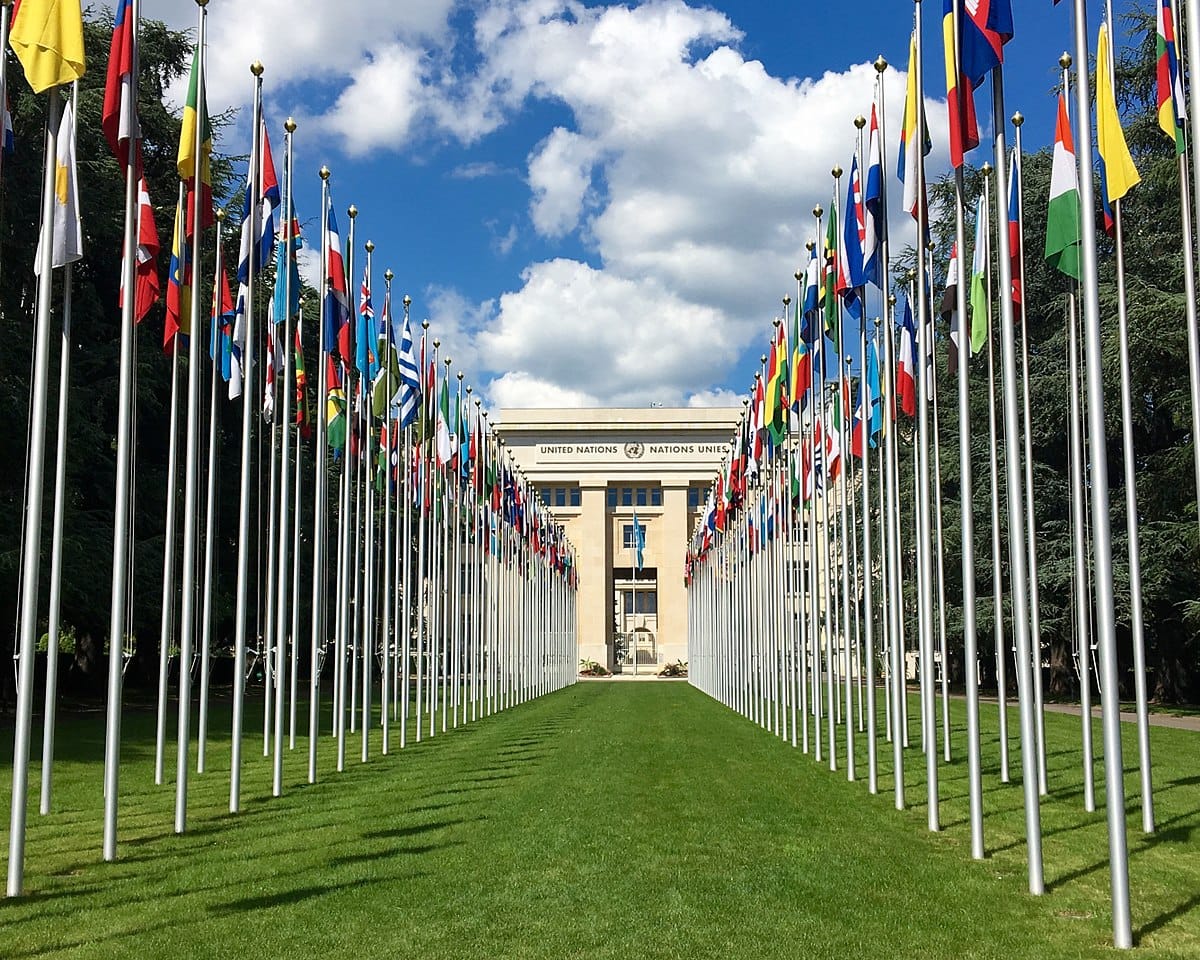In the eastern Japanese city of Naka stands a six-storey-high tower that is far from being an ordinary building. The device inside the cylindrical steel structure is called a tokamak. It’s designed to hold swirling superheated gases called plasmas at up to 200 million degrees Celsius – more than 10 times hotter than the sun’s core.
Located northeast of Tokyo, the tokamak represents the next milestone in a decades-long international quest to make fusion energy a reality and reflects leading roles played by the EU and Japan.
The Naka structure, known as JT-60SA, is the outcome of an EU-Japan agreement from 2007 to develop fusion energy. It’s the world’s most powerful tokamak and was inaugurated in December 2023 after almost a decade of construction.
« JT-60SA coming into operation is a very important milestone » said Professor Ambrogio Fasoli, an Italian physics expert who leads a consortium that received EU funding to advance the prospects for commercial energy from fusion.
Called EUROfusion, the partnership brings together around 170 laboratories and industrial partners from 29 countries. The participants are contributing hardware and personnel to JT-60SA.
Fusion-energy reactors like JT-60SA replicate processes that occur in the sun and other stars. By fusing hydrogen atoms to create helium and one neutron releasing energy in the form of heat, they have the potential to generate a safe, clean and almost inexhaustible source of power.
Fusion is the reverse of fission, the process at the heart of traditional nuclear power stations. While fission involves the division of a heavy atom into two light atoms, fusion combines two light atoms to form a larger one.
Unlike fission, fusion produces no long-lived nuclear waste and presents no risk of a meltdown or chain reaction.
Research into fusion began in the 1920s when a British astrophysicist named Arthur Eddington linked the energy of stars to the fusion of hydrogen into helium.
A century later, as climate change intensifies and countries worldwide seek alternatives to fossil fuels that cause it, the lure of fusion is as strong as ever.
But significant obstacles remain. They include the technical challenges of building reactors whose walls won’t melt from the extreme heat inside, finding the best mixes of materials for fusion production and limiting irradiation of materials inside the reactor.
Given the importance of know-how in the field, both EUROfusion and F4E run programmes to get future generations of scientists interested and trained in fusion.
Two factors holding back interest in fusion by some young researchers are a lack of immediate results in the field and an indirect – as well as unjustified – stigma linked to nuclear fission, according to Fasoli.
« This is a transgenerational effort,’ he said. ‘There’s a need for education, training and structures that can keep people who are interested. »
European Commissioner for Innovation, Research, Culture, Education and Youth Iliana Ivanova said at a March 2024 event with industry representatives that collaboration between private and public entities in the field of fusion is essential to accelerate the demonstration of fusion-electricity generation.
The goal is to involve bigger industrial stakeholders as well as startups in the transition from laboratory to fabrication – so-called lab to fab.
That means combining the private sector’s entrepreneurship and industrial capability with the ambition and realism of the public sector, according to Fasoli.
He said that fusion energy could become a reality by the 2050s.
« As long as we all row in the same direction, I think that horizon is still reasonable,’ Fasoli said. ‘It means we need everybody to work together. »



